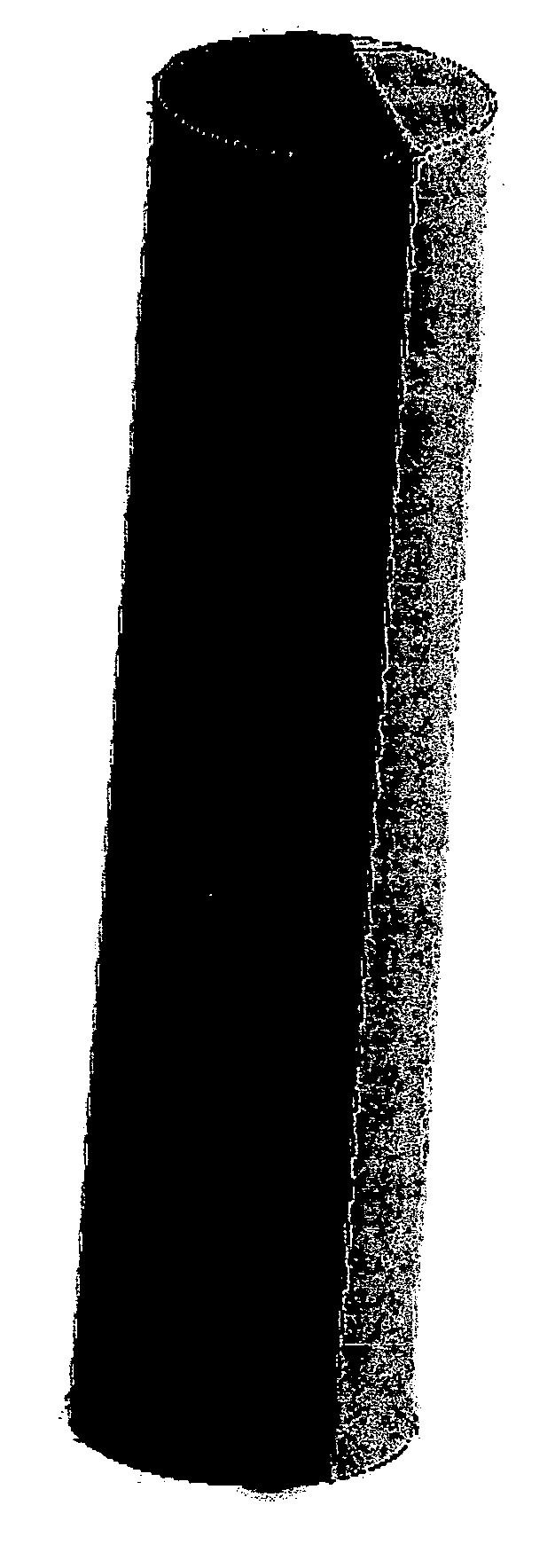Double barrel drinking vessel
a drinking vessel and double-barrel technology, applied in the field of drinking vessels, can solve the problems that the type of drinking vessel does not function to provide a shot and a chaser, but rather an ordinary mixed drink, and achieve the effect of safe sitting on a flat surface, longer and more slender
- Summary
- Abstract
- Description
- Claims
- Application Information
AI Technical Summary
Benefits of technology
Problems solved by technology
Method used
Image
Examples
Embodiment Construction
[0021]The present invention is a conical shaped drinking vessel with two separate chambers. One end of the vessel is completely closed forming a flat surface functioning as the bottom of the vessel. The other end of the vessel is open or not enclosed, functioning as the top of the vessel. A dividing wall runs run the entire length of the vessel forming two internal chambers within the vessel. The dividing wall is placed within the walls of the vessel to give the internal chambers a 2:1 volume ratio. The dividing wall is flush with the top and bottom of the vessel giving both chambers equal height with each other and with the vessel as a whole.
[0022]The drinking vessel can be made out of any non-soluble, non-permeable, hard material capable of keeping its form when filled with liquid.
[0023]The best mode of the present invention is described as follows. The optimal volume for this drinking vessel is 75 mL. This volume provides a drink or “shot” of perfect quantity to be comfortable to...
PUM
 Login to View More
Login to View More Abstract
Description
Claims
Application Information
 Login to View More
Login to View More - R&D
- Intellectual Property
- Life Sciences
- Materials
- Tech Scout
- Unparalleled Data Quality
- Higher Quality Content
- 60% Fewer Hallucinations
Browse by: Latest US Patents, China's latest patents, Technical Efficacy Thesaurus, Application Domain, Technology Topic, Popular Technical Reports.
© 2025 PatSnap. All rights reserved.Legal|Privacy policy|Modern Slavery Act Transparency Statement|Sitemap|About US| Contact US: help@patsnap.com



